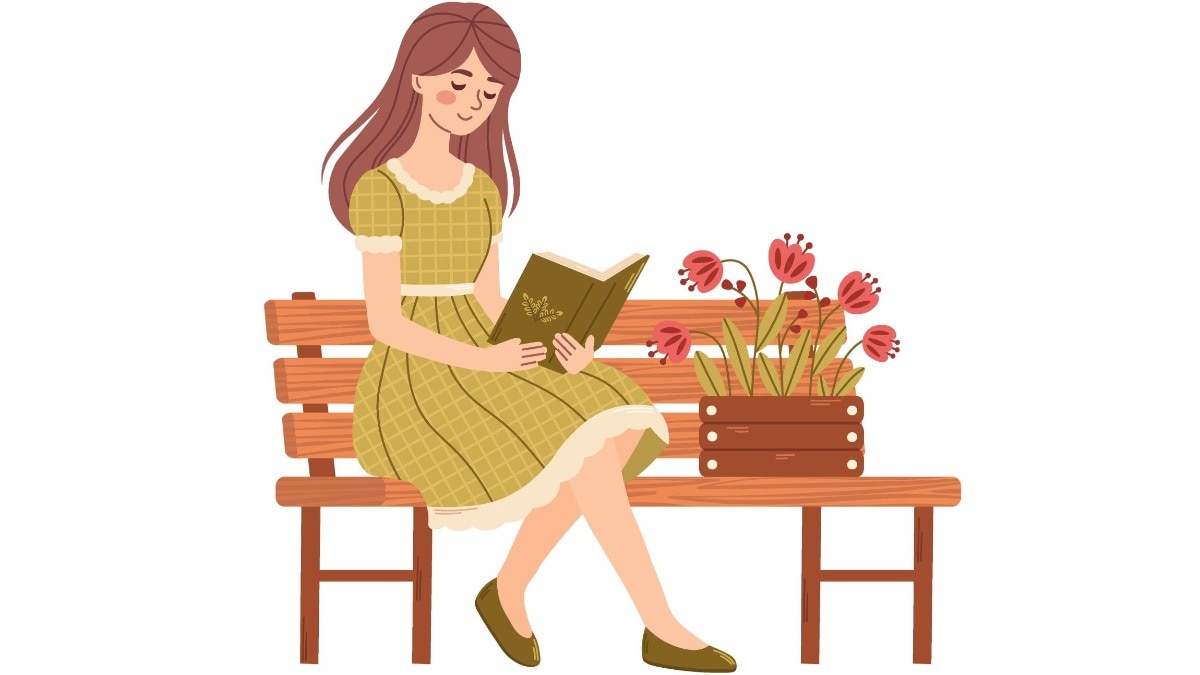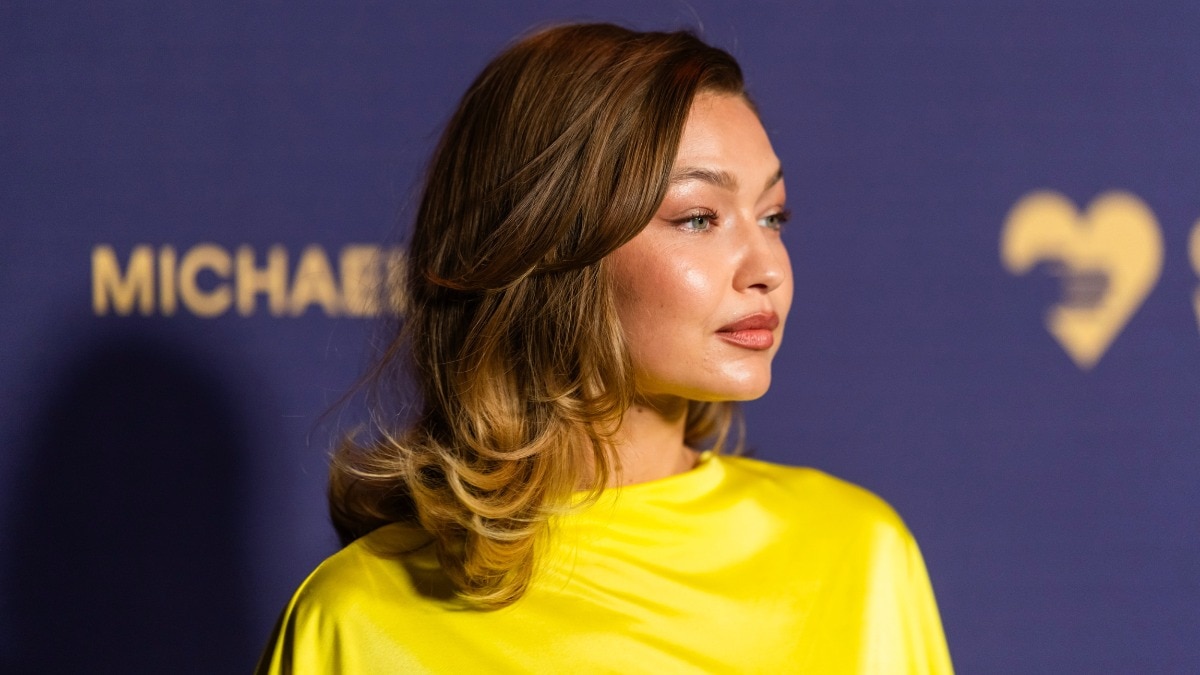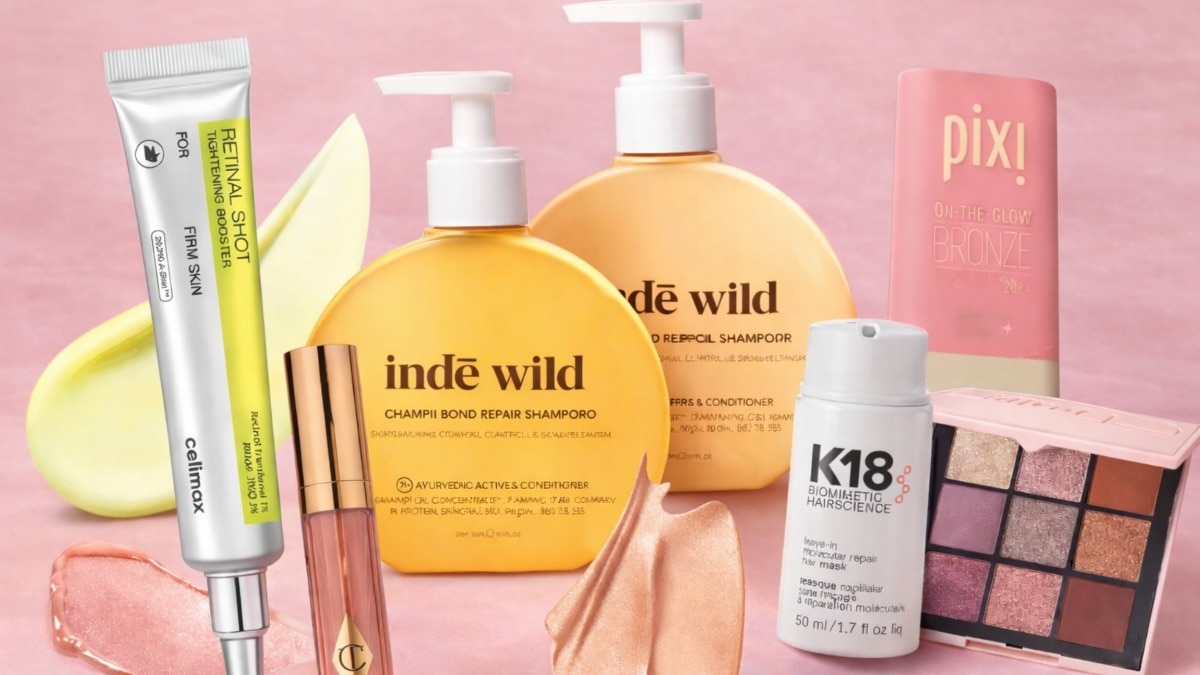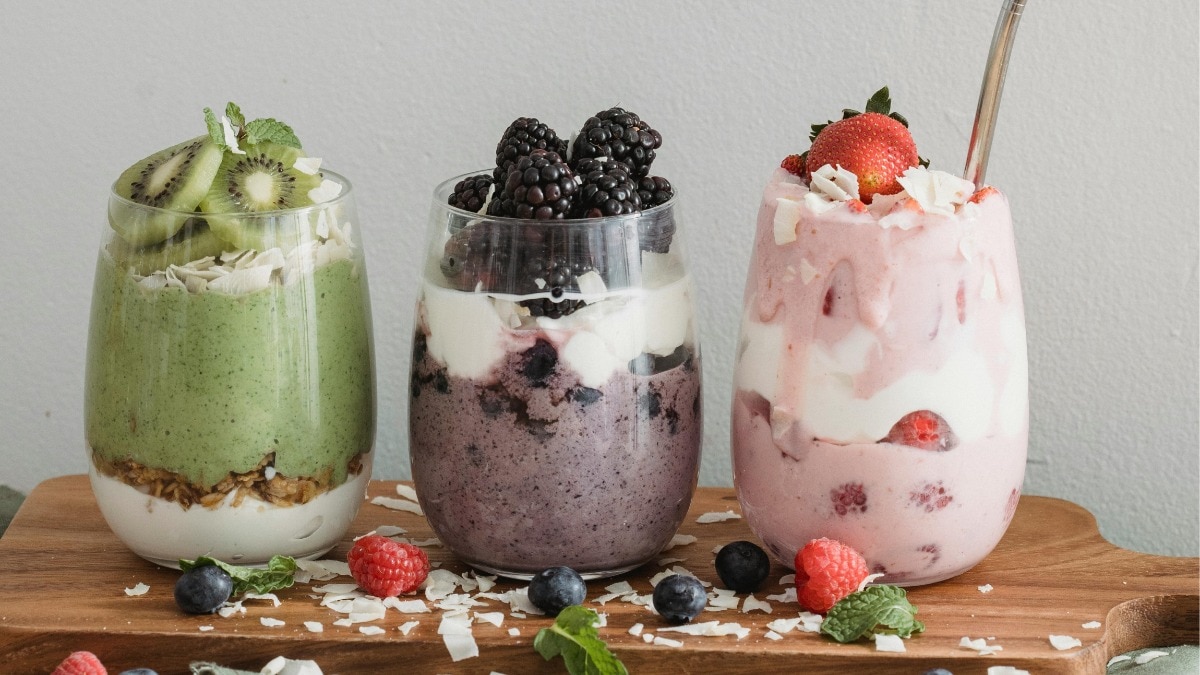Dive into the incredible power of the female form
Bazaar India speaks with four artists whose works are inspired by the human body and its many expressions.


Seldom has the purpose of art been simply to adorn walls. Female artists, in particular, have used the power of paint to speak up for human rights, striving for change with each brushstroke... Artists have, for centuries, used their art to redefine ideas and unravel the truth. And, by way of that, art has been fundamental in ushering in revolutions. One such concept that art has played a vital role in is redefining the ‘beauty’ of the human body. Bazaar India presents four artists who portray the female form not just to celebrate its incredible, inherent power, but to also ask important questions, tell poignant stories, and help pivot the discourse towards more empathy, acceptance, and inclusivity...
Seema Kohli

“To me, the body is home to our soul. Just like we change our clothes, our outer garb constantly changes, through different spatial and temporal dimensions. I don’t find anything to be formless, even though forms, sometimes, merge or remain unalienated from each other. My mind doesn’t see the nirakar [formless], it seeks the akaar [shape/form]. And my work pursues the celebration of life...which is a prerogative of the feminine. The body, therefore, is reincarnated on my canvas.
My childhood was filled with influences of the mystics—I grew up hearing their stories, and my thoughts were unknowingly being shaped by them. They’ve had a profound impact on my art, too. The mystics’ undying belief of unification of the body with the five elements, and the supreme consciousness residing in everyone equally, resonates with me.
My practice arises from a deep desire for dialogue and communication. This results in reverence for the feminine—a form that leads to creation itself.

It is difficult to choose one, but my artworks Bhiter-Bahir or Within Without, from my recent series, is very close to my heart. What we seek outside is already within us. This is also the essence of Tantra: we grow in the forest, and the forest grows within us. We are all a part of that energy, that supreme feminine.
I share a poem by [activist and Kannada poet] Mamta Sagar: ‘Inside the river are the sky, the cloud, the cold sun. Cupped in my hands, the river. If I throw my hands up, the river spills in drops, scattering sky, cloud, and sun all over me. If I drink the river from my hands, then within me are the sun, the cloud, the sky. Tell me, then, who is in whom?’”
Visithra Manikam

“When I began painting women, around 2016, I decided to focus on those who were underrepresented in society. My women are fat, thin, dark-skinned, curly-haired, with bulges and scars. Even the goddesses I paint are dark-skinned, as I want the viewer to be able to see themselves in them. I also like to depict women as strong and confident, unlike how they’re often represented—as fragile, broken, or helpless. I am inspired by the Japanese concepts of ikigai, which means finding your passion in life, while ikari looks at the frustrations, wrath, and sadness in our lives."

"I visualise, through my works, various social, moral, and political issues that cause us harm and grief, with a hope that my art will help those on their journey of self-awakening. My work Chikara, which means strength in Japanese, was recently displayed on the Times Square billboard in NYC. The bull, in that work, represents our strength and determination to stand strong and face any challenges. Not a Joke is based on a young Malaysian girl who spoke out against rape jokes that her school teacher made. Sadly, the young girl didn’t get any support from the authorities. She not only had to change schools, but her entire family had to move, as they were targeted on social media.”
Kanchan Chander

“I paint the female body and torsos to celebrate women; as an ode to their power, internal and external, physical as well as emotional. It disturbs me that even though women are achieving great heights across fields, they still have to face several atrocities. To protest, I don’t come out on the streets—I use art. Earlier, I’d paint full bodies but realised that the female torso contains so much within—sensuality, sensitiveness, eroticism, fertility, motherhood... So, I decided not to identify the person in my paintings and now she is universal, as are her issues.

I’ve also been painting the Devis, Yoginis, and more for the last four decades. Through all my creations, I hope to iterate that women must be respected. And I hope my work inspires women to find the courage to strive through any obstacles. The message, in all of these paintings, is of peace and positivity”
Jayesh ‘Jayman’ Joshi

“I try to capture the sensation of a particular moment, and convey that story...how the breath of another human feels against the tiny hairs on your body when they’re asleep on your shoulder; or the energy, the ecstasy you feel when you’re getting intimate with a partner... For the longest time, my body was merely a receptacle of other people’s opinions. I didn’t know I was short until someone told me in grade 8; I didn’t know I was skinny until my dad pointed it out; I didn’t know I wasn’t strong until I got beaten up by an adult, at 16. All these experiences became my opinions about myself.

Today, I truly believe that all bodies are beautiful. Yet, somehow, I don’t feel the same about my body. My brush is a tool to make myself understand that I am beautiful despite all my imperfections. Snaan is one of my favourite creations. I painted this on a day I felt good about my body—it was during the first lockdown. The Raaja Raani series is special, too. It is based on how the Indian middle class engages in sex, and features paintings based on real people and the conversations I’ve had with them.”










